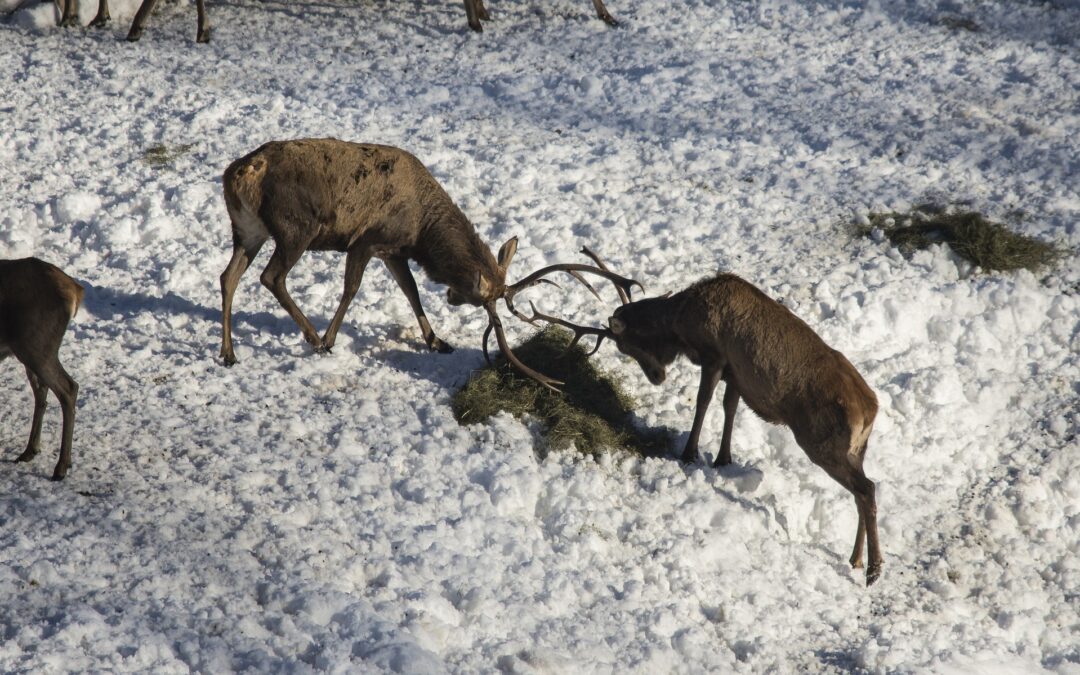Knowing the best time to plan a hunt is the goal of every whitetail deer hunter. The overriding predictor of buck activity is the peak of rut activity in the autumn during the whitetail doe estrous cycle. For each area, this period happens at the same time each year regardless of the weather or moon phase. The strength of the rut itself is often attributed to the phases of the moon, but the statistical evidence to support this claim among whitetail deer hunters is inconclusive. The best time to hunt is when bucks are up and moving during daylight hours, and the evidence is conclusive that does in heat are the most powerful motivators for daylight buck movement. The overall effects of weather on deer movement indicate that it declines in weather that is warmer than usual for the area and increases at colder times. There is a strong body of evidence via summaries of thousands of deer hunts and weather conditions, which provide evidence for the role of cold fronts in increasing the movement of bucks during rutting season.
Research has identified three weather conditions that predict buck movement during rutting season:
- A change in wind speed from very windy to a significantly slower speed
- A drop in temperature of at least ten degrees
- High pressure
All three conditions are likely to occur immediately after a cold front has passed through an area. While the details of studies vary, there is a broad consensus that temperature change, wind speed, and barometric pressure changes increase deer movement.
One expansive study conducted by Dr. Robert Sheppard spent 20 years studying the relationship between weather and deer movement. This combined tracking data with weather data to provide a data-based pattern of weather that indicates the best conditions for hunting whitetail deer. He found three weather conditions that predict deer movement:
- Temperature, the colder the better
- Cloud cover, the clearer the better
- Wind speed, the higher the better
These findings recognize the conditions most likely to occur just after a cold front has passed through an area. He details his findings and recommendations in his book: Whitetails: A Data-Based Hunting Model.
Do your research
Take a calendar and mark down your most successful whitetail deer hunting days as far back as you can recall. Then head over to Weather Underground history, enter your zip code, and the dates, and note the weather for each of your best days. List the downward change in temperature, change in wind speed, and the high-pressure reading above 30.1. Now count the days when there was a particularly large decline in temperature, a drop from a high wind speed of 25 mph or above, and a high-pressure reading. These are the prime hunting weather signals. See if your personal experience bears out that of the experts who have used this method of identifying great hunting conditions. If it does, you’re on your way to getting an edge on knowing the best days.


Recent Comments